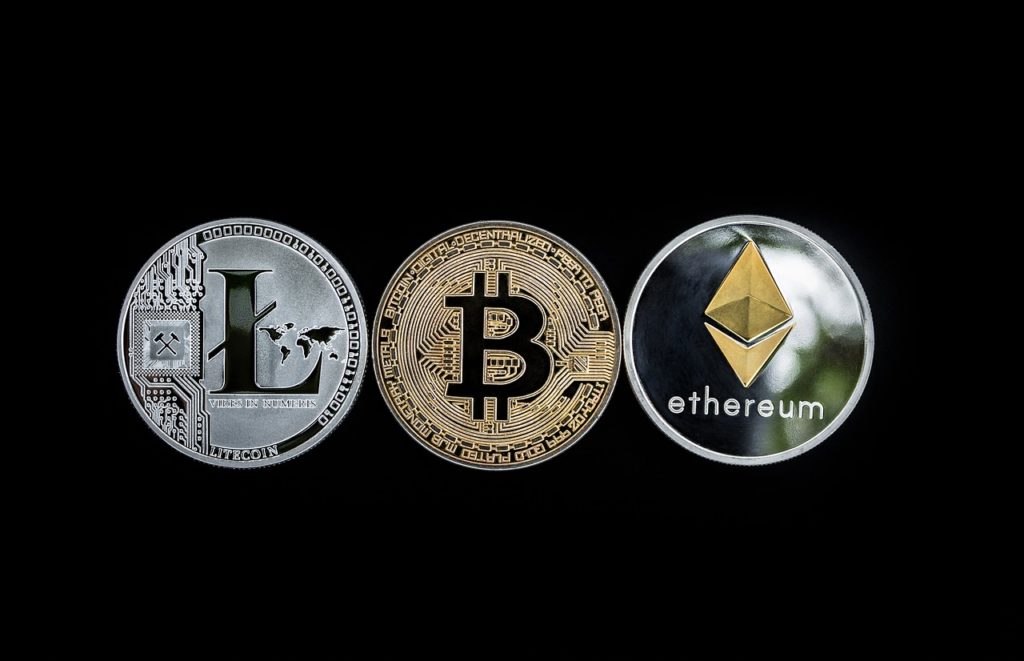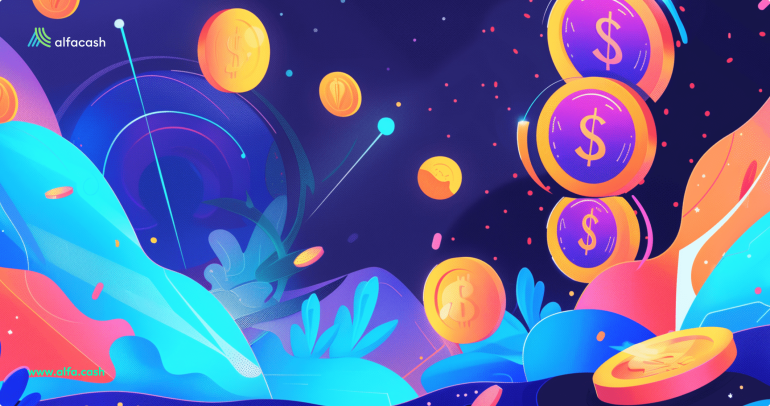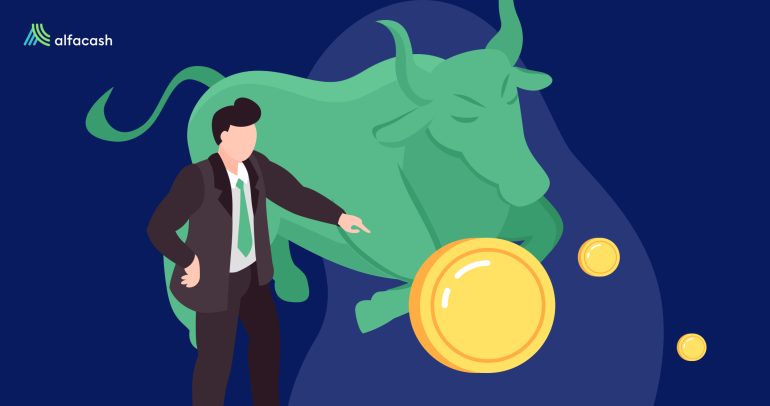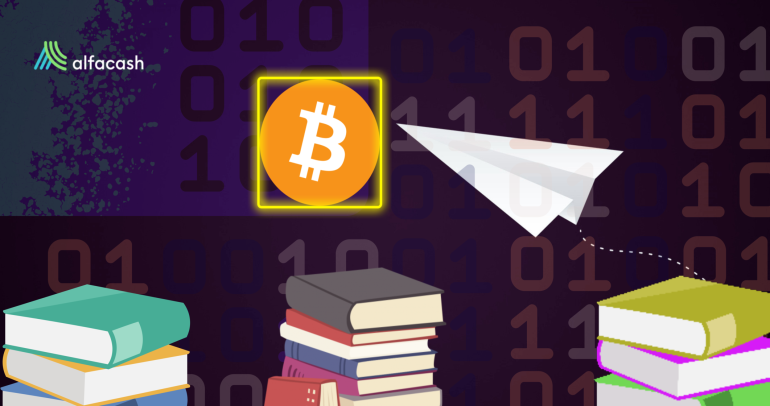“Altcoin” is a popular term these days, and usually comes along with BitcoinBitcoin is the first decentralized digital currency. It was created in 2009, by an anonymous founder or group of founders... More and/or cryptocurrencies. The concept is very simple: every cryptocurrencyA digital currency running on a blockchain and built with cryptography. Contrary to central-bank issued currency, cryptocurrency issuance rules are... More that’s not Bitcoin (BTCAn abbreviation for Bitcoin.) is considered an altcoin (short for “alternative coin”). So, we can say most cryptocurrencies are altcoins, just because they’re not Bitcoin. Easy, right?
Well, not every “coiner” out there thinks the same. Some of them think an altcoin refers to “alternative versions of Bitcoin”, alternative digital currencies (decentralized or not) or maybe cryptocurrencies that have their own blockchainBlockchain is a type of database storing an immutable set of data, verifiable to anyone with access to it —through... and aren’t running on any other (like the numerous ERC-20 tokens inside Ethereum).
Thereby, we can say for sure the term doesn’t have an “official” or “fixed” definition (Bitcoin either, so, don’t worry that much), but is used by the crypto-users as convenient. For example, there’s a thing with Bitcoin (BTC) and Bitcoin Cash (BCH). Some BCH adopters firmly believe this currency is the continuation of Bitcoin, so, they refuse to call it just an “altcoin”.
Many others prefer the term “altcoin” when talking about BCH because, for them, there’s only one Bitcoin and that is BTC. We’re free to choose, anyway. The world won’t be destroyed if you call “altcoin” to something that others don’t considerate as it. The word is merely referential to name the big, big world of cryptos beyond the first one.
Some optional differences
“Altcoin” isn’t alone to refer to cryptocurrencies. We can call it as well tokens, cryptoassets, digital currencies, and there are even colored coins (not to mention shitcoins too). All of them are synonyms in one or another degree because they share the core feature of being “cryptographic coins”, namely, coins built with cryptographyCryptography is the mathematical basis for secure communication that allows only the sender and intended recipient of a message to... More.
However, there’re some subtle differences we can apply to name properly these coins. According to CoinMarketCap, there’re +7.025 in existence to date, and they’re different from each other. Maybe they share some systems or purposes, but each one has something unique. That doesn’t mean they can’t be included in categories, though.
When someone uses the word “altcoin”, is usually referring to those cryptocurrencies which have their own blockchain (beyond Bitcoin). For example Litecoin (LTC), Ethereum (ETH), Ripple (XRP), Monero (XMR), or NEM (XEM).

On the other hand, when someone uses the word “token”, they’re referring to those coins which don’t have their own blockchain and works over another chain. They’re easy to recognize because, in most cases, you’ll need the native cryptocurrency of the main blockchain to pay transactionA cryptocurrency transaction is an entry on the blockchain ledger, noting sender, receiver and number of coins transacted. More fees when you use these coins. For example DAI (running over Ethereum), USDT (Ethereum as well), the customized coins you can make in platforms like Counterparty, and, of course, the long list of DeFi coins (mainly from Ethereum).
Now, “digital/virtual currencies” is a term more suited for companies and organizations. If the cryptocurrency isn’t decentralized but private, they’ll probably call it a “digital currency”.
“Cryptoasset” is used around investment circles to allude altcoins and tokens per equal, and “colored coins” is a very specific concept: they’re tokens created over an existing unit of another cryptocurrency (like BTC), just by adding some extra information to the protocol. That way, they’re marked as “special”, representative or collectible.
Do they work to make money?
As much as BTC, the price of altcoins is very volatile. It can go to the moon in no time, and it can crash as well in no time. That’s depending on the project and its age. The new altcoins tend to go up and down in short periods, like a roller coaster. That’s because they don’t have enough liquidity to make a more solid price. Then, they’re more prone to pump-and-dump schemes or simply get affected by whales (huge owners).

The crypto-traders out there take advantage of this volatility to make some money from arbitrage and some trading techniques. The first thing they do is investigate very well the cryptocurrency project they’re planned to investing in. If it looks like something attractive, either for its price in the short or long term, they start to put some fractions of their portfolio in the coin and wait for the best.
Perhaps they decide to wait till the altcoin goes up to sell their early participation and earn the difference, or maybe they’ll wait to buy the dip and re-sell later. Maybe they’ll buy and sell every day, or hunt some interesting event (like a new function launch or exchange listing) to start the trading.
This is a risky practice, though. Probably the yield farming with DeFi tokens is even more, but the trading with altcoins may be deceiving as well. You must learn to distinguish between “shitcoins” (useless altcoins and tokens) and projects with real potential or even take advantage of shitcoins to make some money in the short term. It’s almost an art, a whole career, and you’ll need a lot of study and practice.
Some tips? Don’t be greedy. Start slowly and cautious, with small amounts. And never invest something you can’t afford to lose.
Wanna trade BTC, ETH, and other tokens? You can do it safely on Alfacash! And don’t forget we’re talking about this and a lot of other things on our social media.
Twitter * Telegram * Instagram * Youtube *Facebook * Vkontakte







